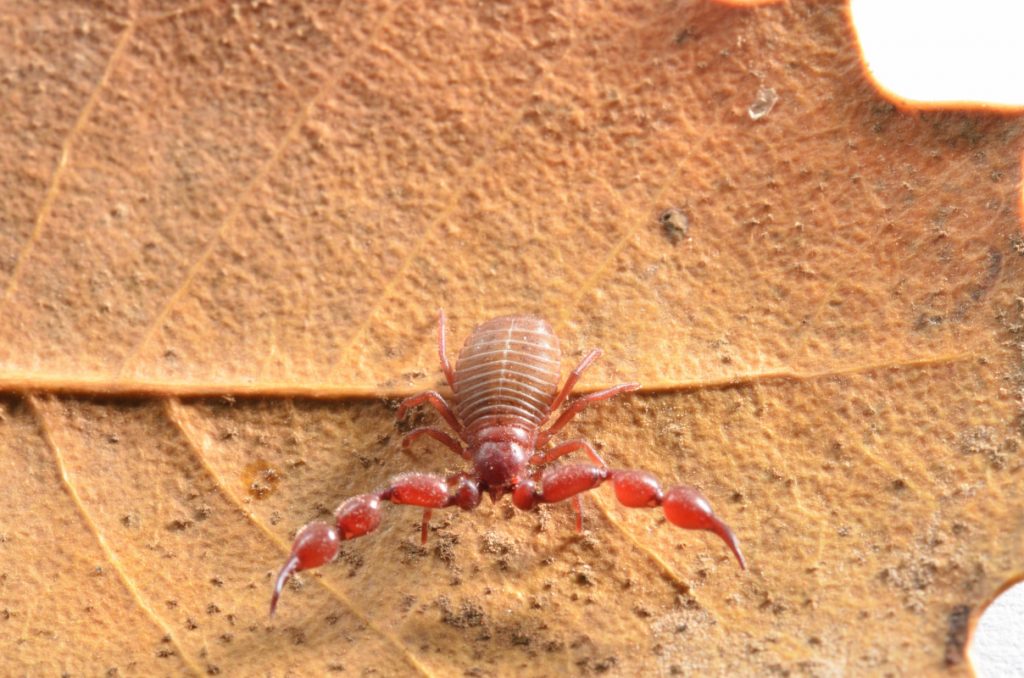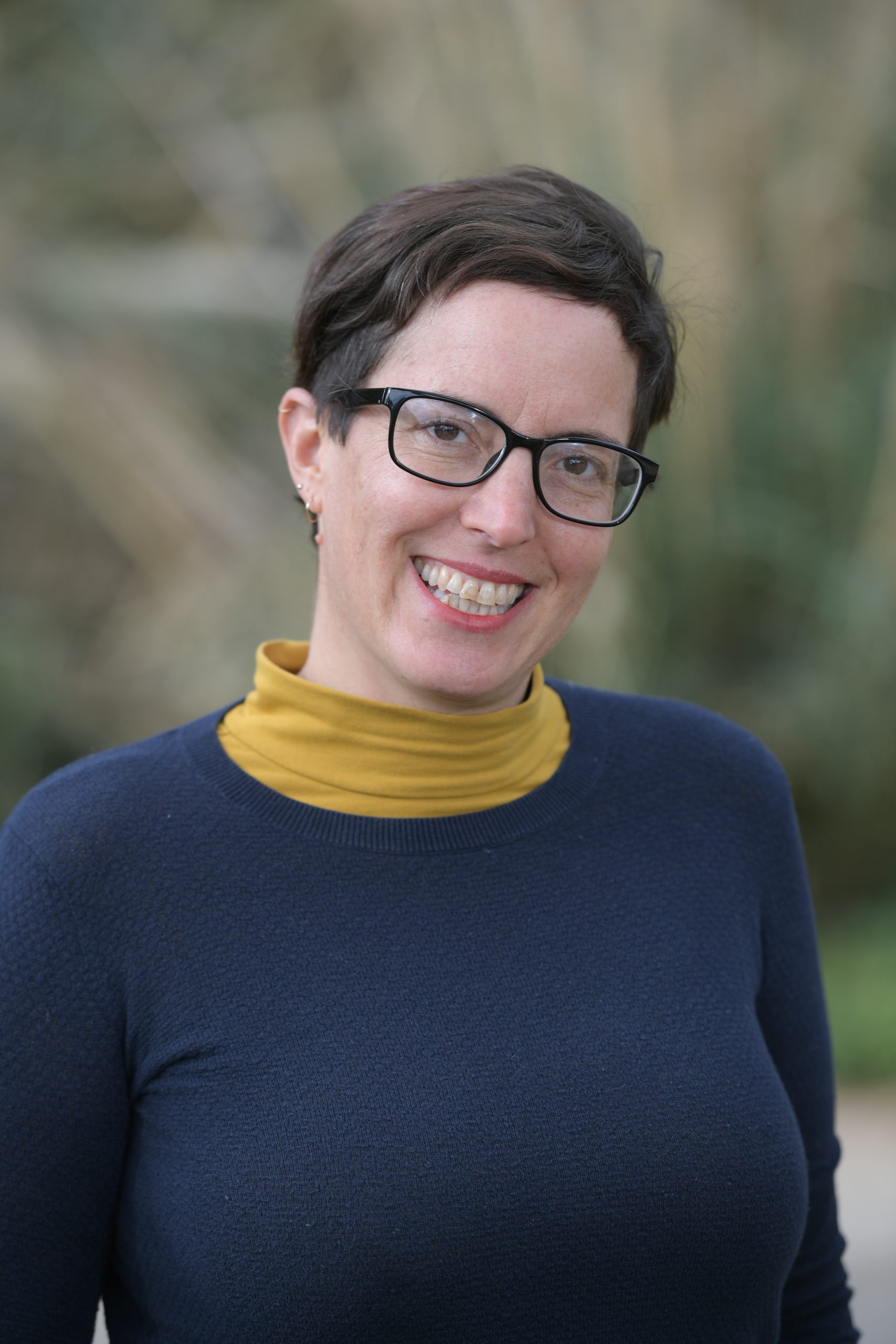
November 21, 2023 – Two previously undiscovered families of Pseudoscorpions (Syarinidae and Cheiridiidae) have been found by Hebrew University of Jerusalem researchers.
This pioneering research, published in Taxonomy, also introduces the first illustrated identification key based on morphological characteristics, accompanied by distribution maps. The study was conducted by Dr. Sharon Warburg and Dr. Efrat Gavish-Regev from the Hebrew University National Natural History Collections.
The researchers say that “The findings significantly enhance our comprehension of regional biodiversity, offering crucial resources for forthcoming ecological, taxonomical, and conservation endeavors.”
Positioned at the convergence of three continents, Israel’s distinct biodiversity has undergone systematic revision, resulting in an updated checklist featuring 61 pseudoscorpion species across 28 genera and fourteen families. Pseudoscorpions are tiny arachnids, two-eight millimeters in length, with four pairs of legs and one pair of relatively large pincer-like claws. Before this study, the pseudoscorpion fauna of Israel was believed to consist of twelve families, 26 genera, and 52 species, including several “subspecies.”
In future papers, several species will be comprehensively described in separate publications, further advancing the field of pseudoscorpion taxonomy.
Researchers:
Sharon Warburg1, Shlomi Aharon 1,2, Igor Armiach Steinpress1, Prashant P. Sharma3,4, Danilo Harms5 and Efrat Gavish-Regev 1,
Institutions
1) The National Natural History Collections, The Hebrew University of Jerusalem,
2) Department of Ecology, Evolution, & Behavior, The Hebrew University of Jerusalem,
3) Department of Integrative Biology, University of Madison-Wisconsin,
4) Zoology Museum, University of Madison-Wisconsin
5) Centre for Taxonomy and Morphology, Museum of Nature Hamburg–Zoology, Leibniz Institute for the Analysis of Biodiversity Change (LIB Hamburg), Martin-Luther-King-Platz 3, D-20146 Hamburg, Germany
Funding: Fieldwork in Israel was supported by the Israel Taxonomy Initiative (ITI) biodiversity survey grant to E.G.-R. and Y.L. The National Geographic Society Expeditions Council grant no. NGS-271R-18 was awarded to P.P.S., J.A.B. and E.G.-R. The study was supported by the US-Israel Binational Science Foundation grant no. BSF-2019216 to P.P.S. and E.G.-R.
Specimens were collected under a permit from the Israel Nature and Parks Authority.
Related articles
Susan L. Saltzstein
Susan Saltzstein is co-head of Skadden’s Complex Litigation and Trials Group in New York and co-deputy of the firm’s top-ranked nationwide Securities Litigation Group. Susan’s litigation practice focuses on the representation of U.S. and global companies (public and private), financial
Rose Marie E. Glazer
Rose Marie E. Glazer is the Executive Vice President and General Counsel of American International Group, Inc. (NYSE: AIG). In this role, she oversees AIG’s legal, compliance, regulatory and government affairs as well as Global Security and the Sustainability Office. Rose Marie joined AIG in 2017




